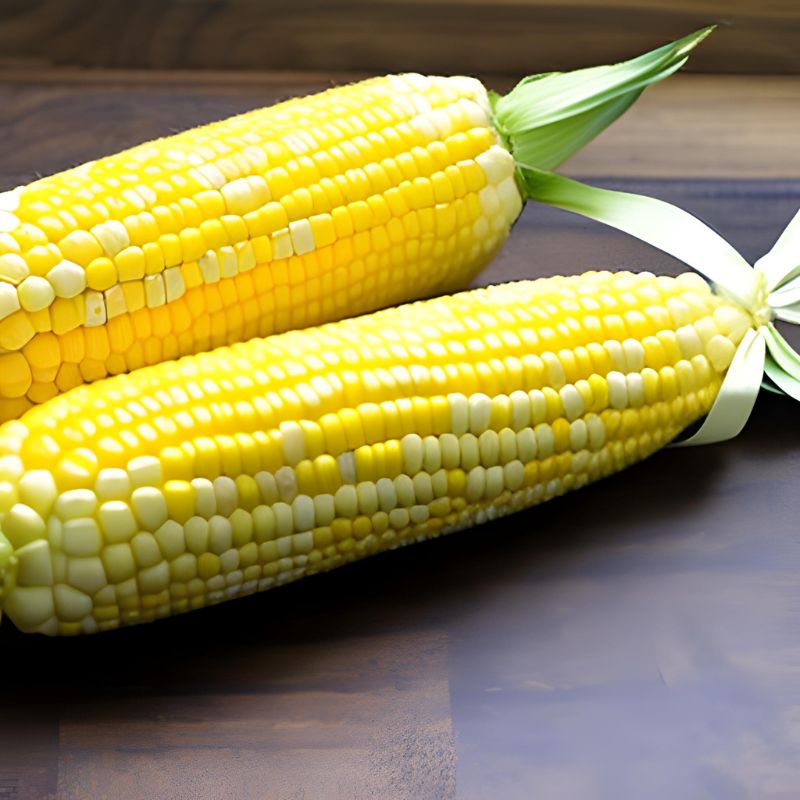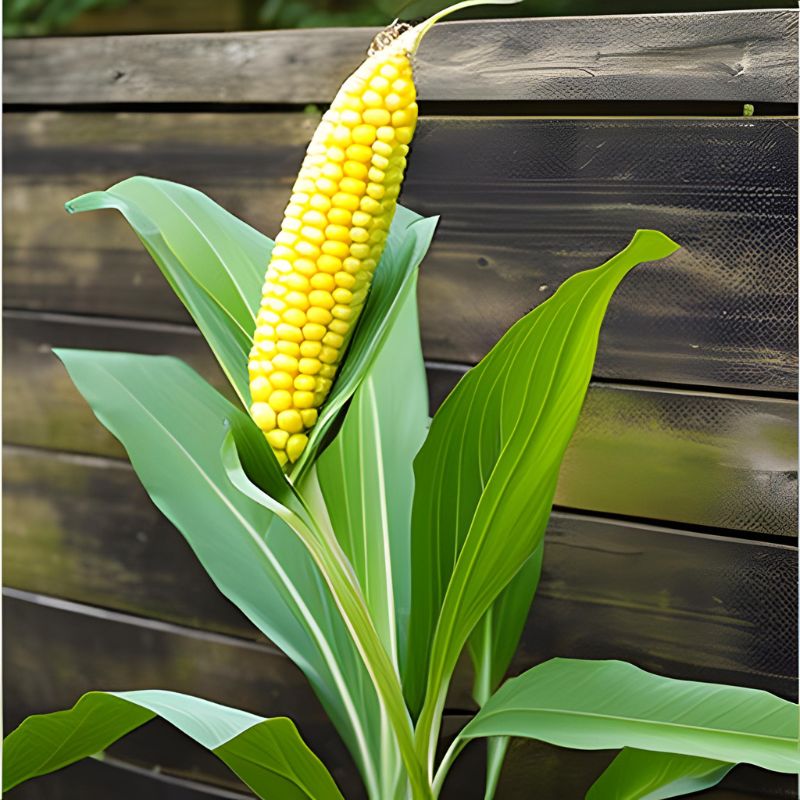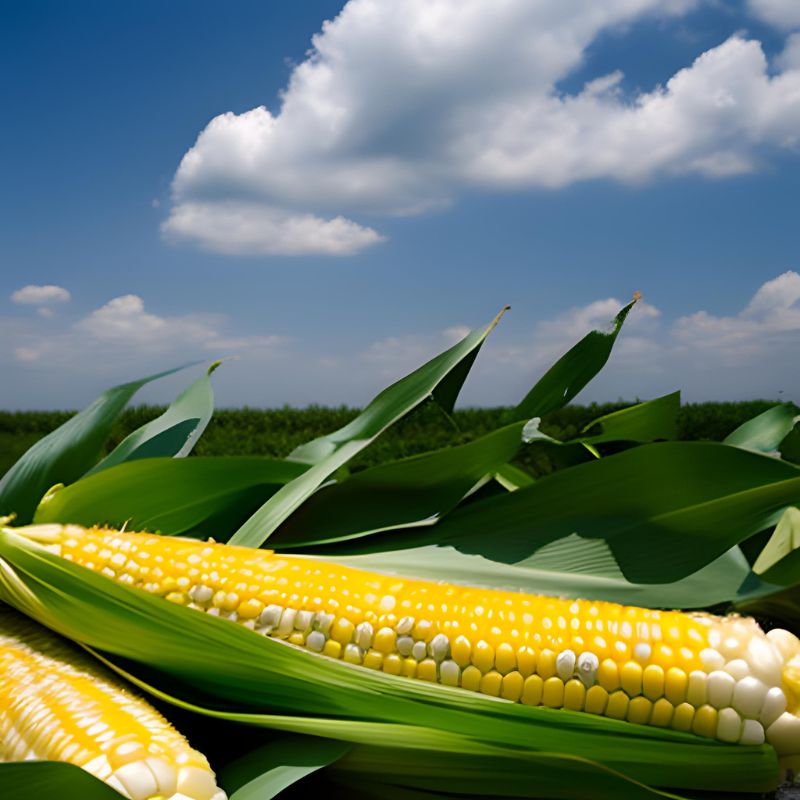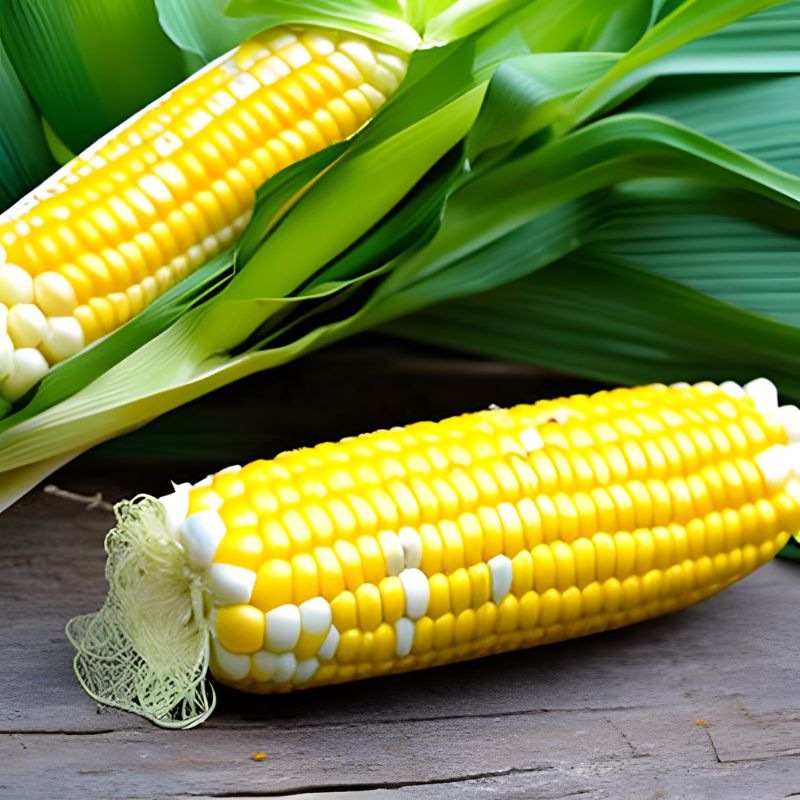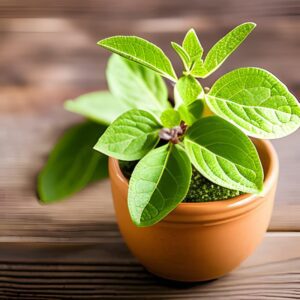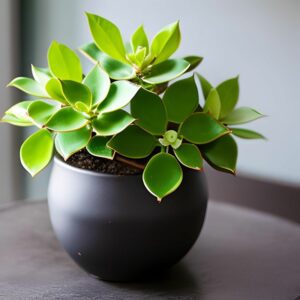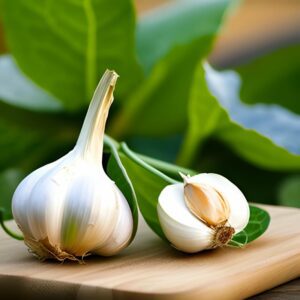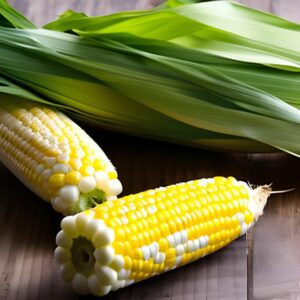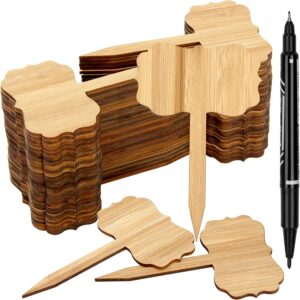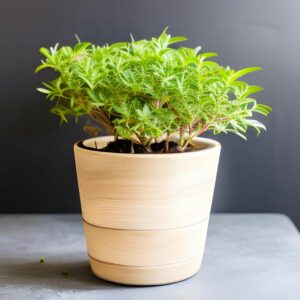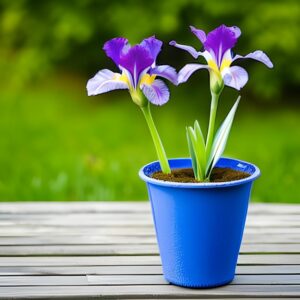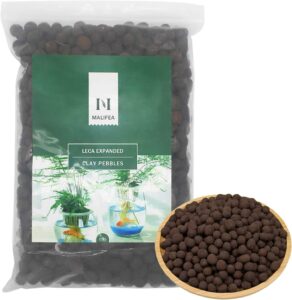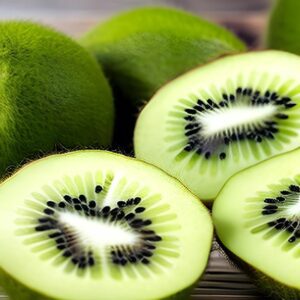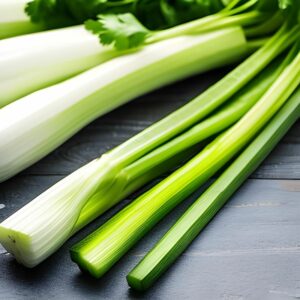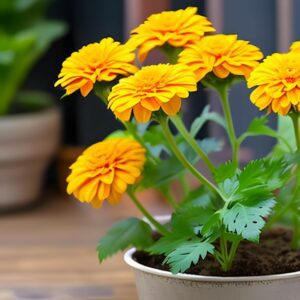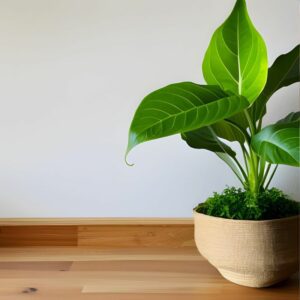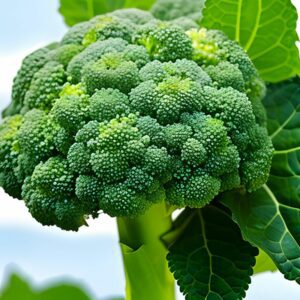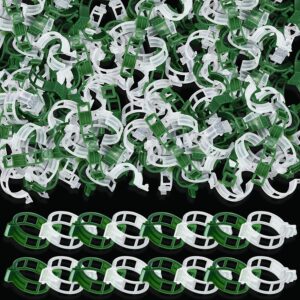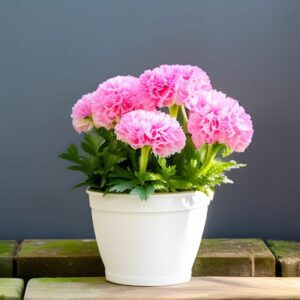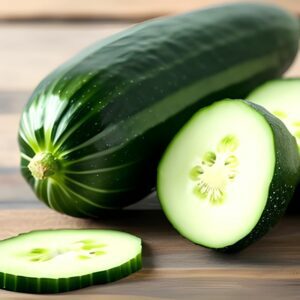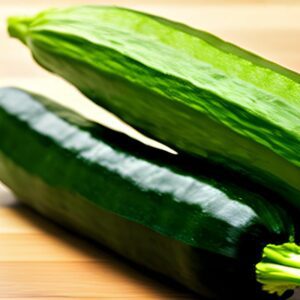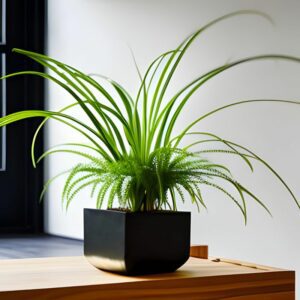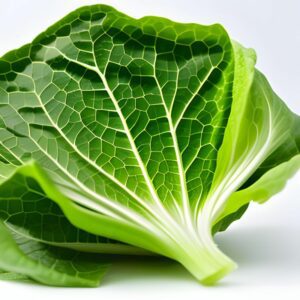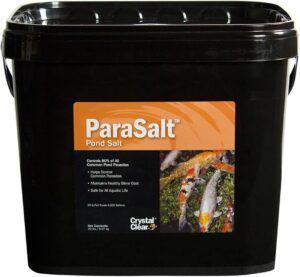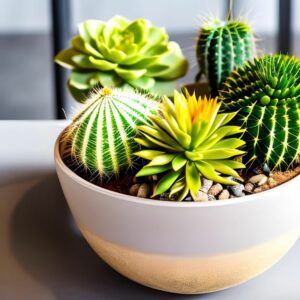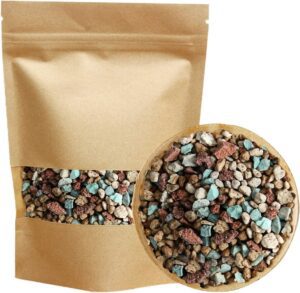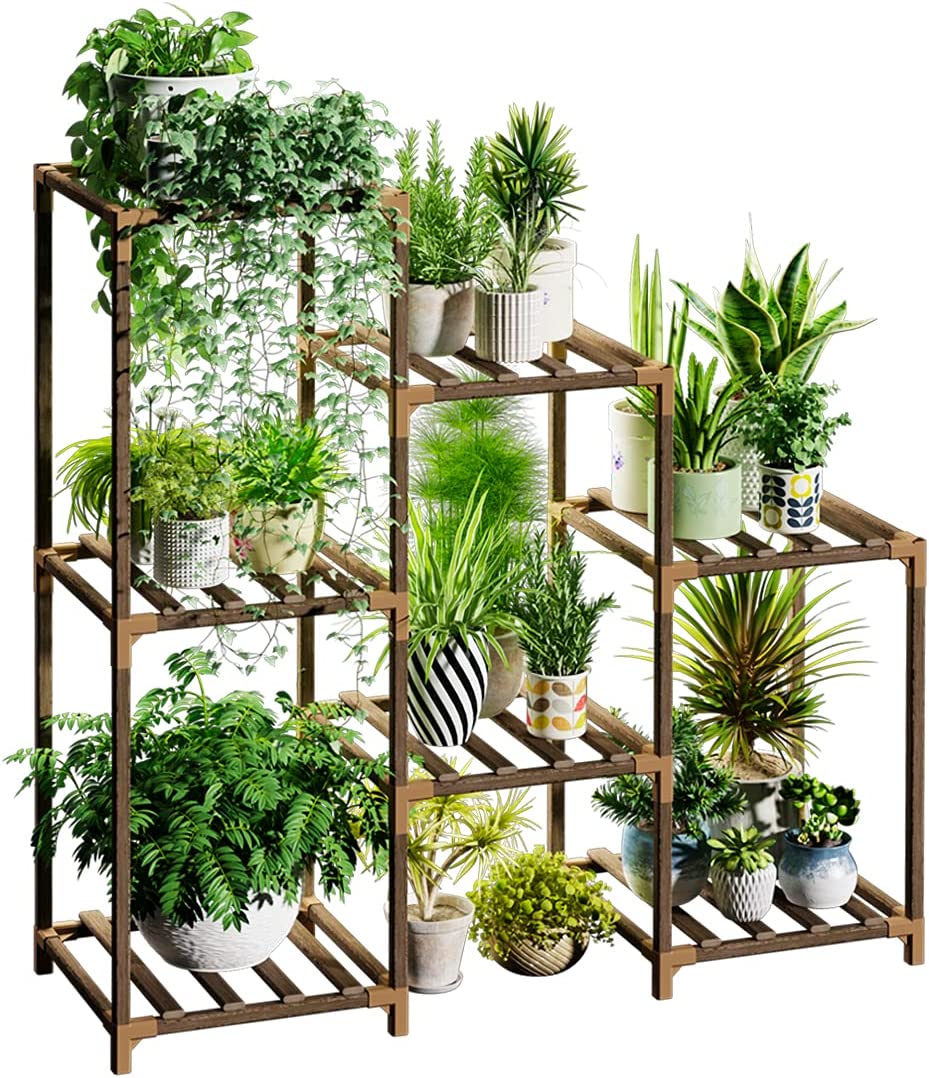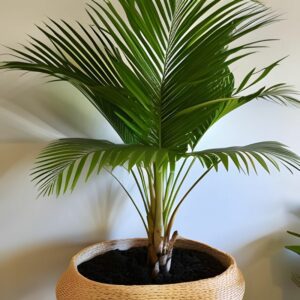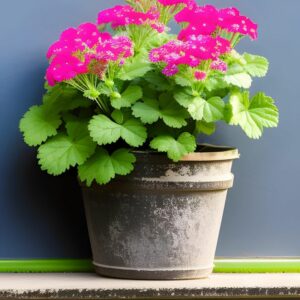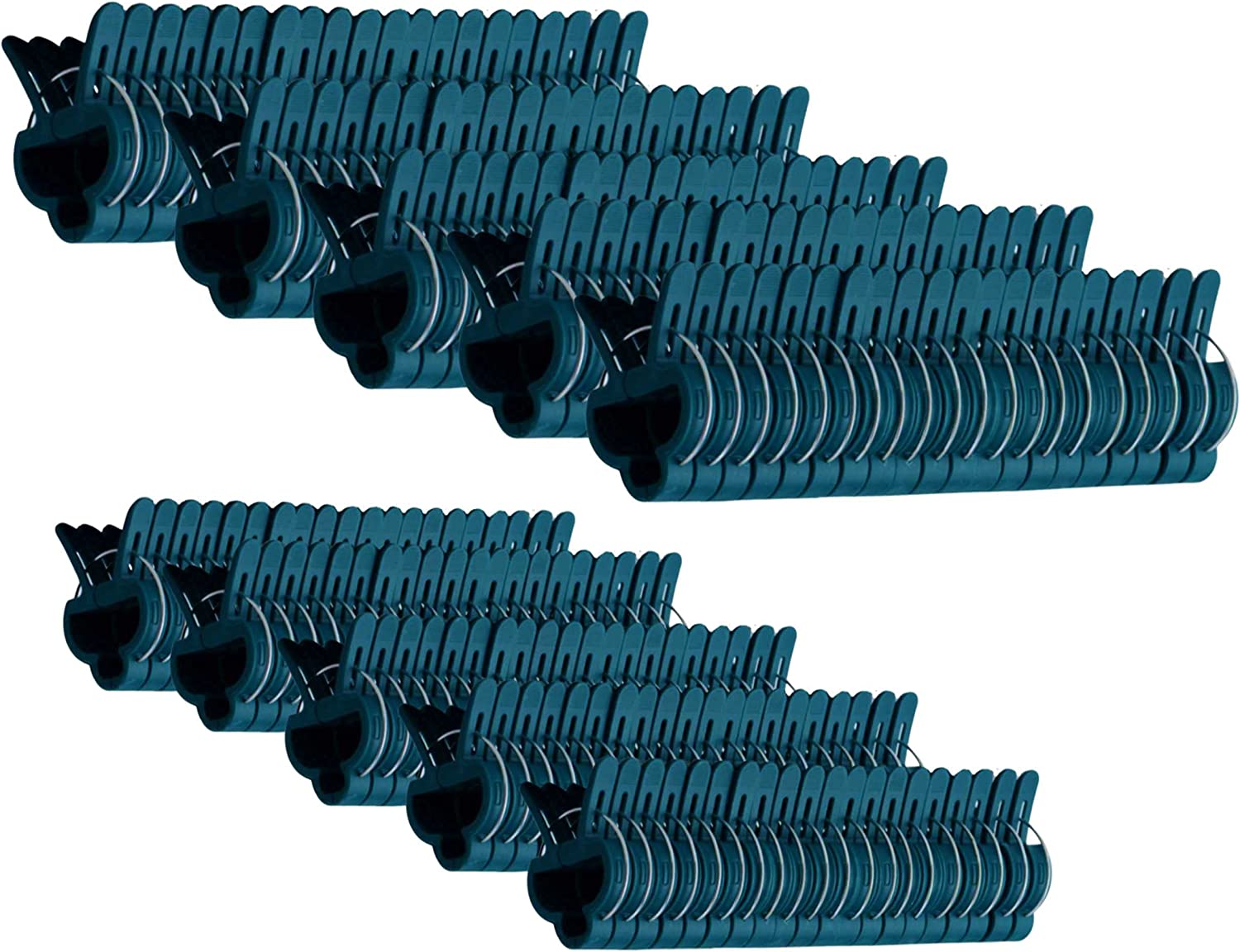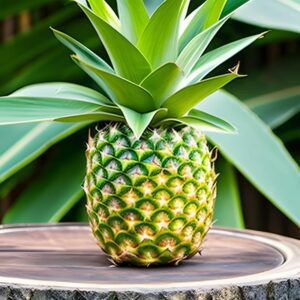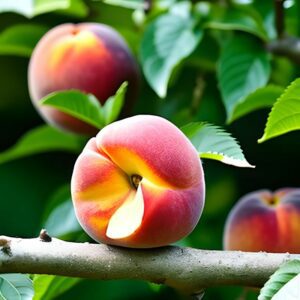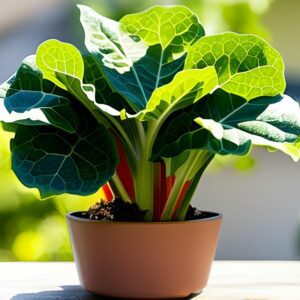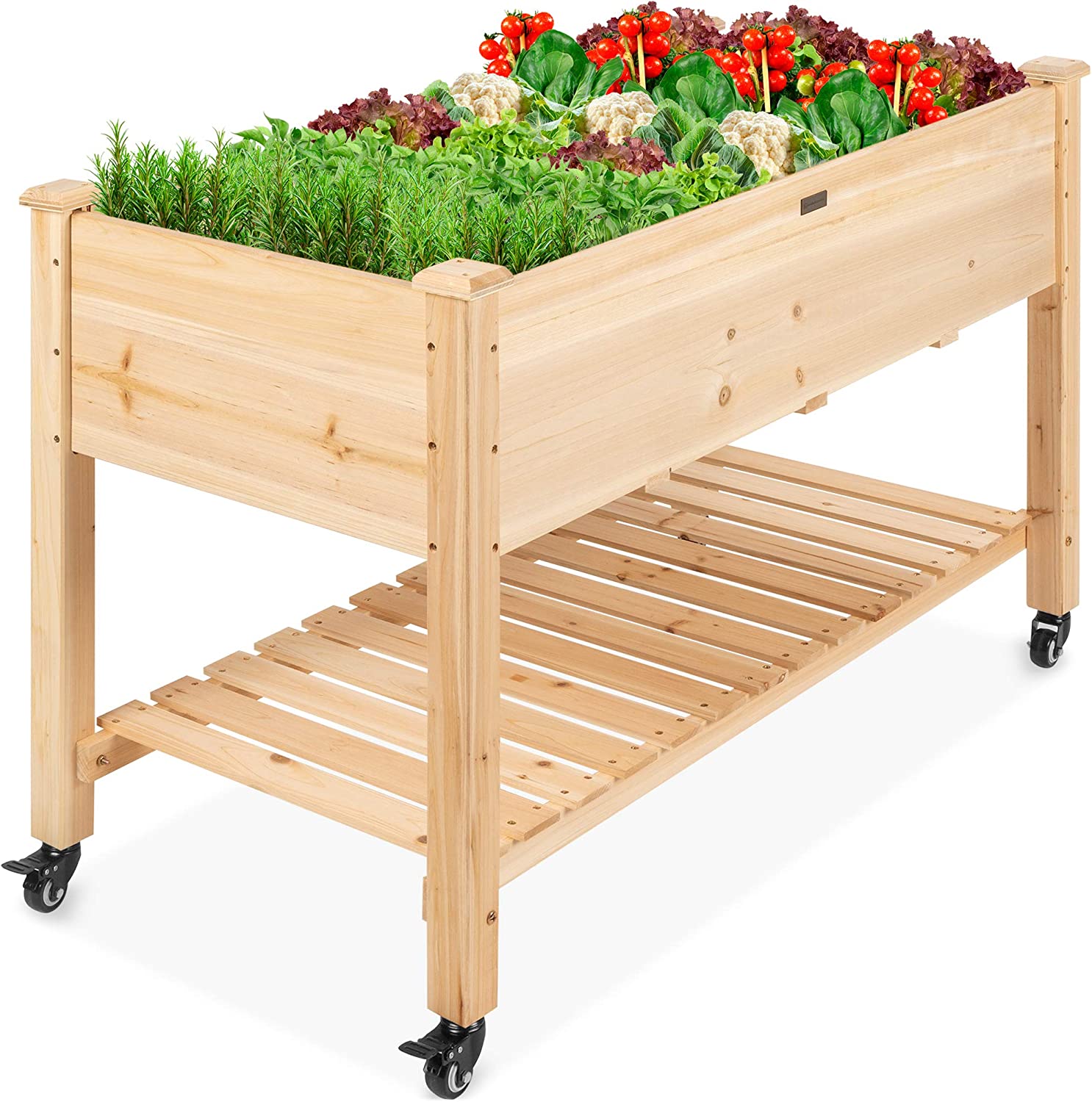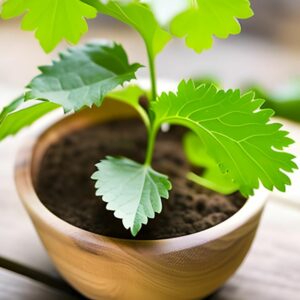Sweet Corn
Vegetables
- Central America
- Easy
- 60-80 Days
Introduction
Sweet corn is a popular vegetable known for its deliciously sweet and tender kernels. It is commonly enjoyed as a side dish, in salads, or grilled on the cob. Sweet corn plants add a touch of beauty to gardens with their tall stalks and attractive ears of corn.
Plant Characteristics
Sweet corn plants are tall, reaching a height of 5 to 8 feet. They have long, narrow leaves and produce ears of corn covered in husks. The kernels are juicy and sweet, varying in color from pale yellow to deep golden.
Ideal Growing Conditions
Sweet corn thrives in full sun, requiring at least 6 to 8 hours of direct sunlight daily. It prefers well-drained soil with a pH between 6.0 and 7.0. Adequate moisture and consistent watering are essential for healthy growth.
Planting Guide
Plant sweet corn seeds directly in the garden after the danger of frost has passed and the soil has warmed up. Create rows or blocks of corn, spacing the plants about 12 to 18 inches apart. Plant the seeds about 1 inch deep in well-prepared soil. For better pollination, plant sweet corn in blocks rather than long, single rows.
Watering and Fertilizing
Keep the soil evenly moist, especially during hot and dry periods. Water deeply, ensuring the root zone is thoroughly soaked. Apply a balanced fertilizer before planting and side-dress with nitrogen fertilizer when the plants are about knee-high.
Pruning and Maintenance
Sweet corn generally does not require pruning. Remove weeds regularly to minimize competition for nutrients and water. Hill up soil around the base of the plants to provide additional support.
Harvesting or Flowering
Sweet corn is ready to harvest when the ears feel firm, the silk turns brown, and the kernels are plump and milky. Gently pull back the husks to check for maturity. Harvesting is usually done in the early morning when the sugar content is highest.
Post-Harvest Care
For optimal flavor and sweetness, it is recommended to cook and consume sweet corn immediately after harvest. If needed, store ears of corn in the refrigerator with the husks intact for a few days. However, the flavor and texture may diminish over time.
Troubleshooting:
Troubleshooting
Corn earworms and armyworms can be a common pest in sweet corn. Monitor the plants regularly and take appropriate measures such as handpicking or using organic insecticides.
Fun Facts
Each ear of sweet corn typically has an even number of rows, usually ranging from 12 to 20 rows.
